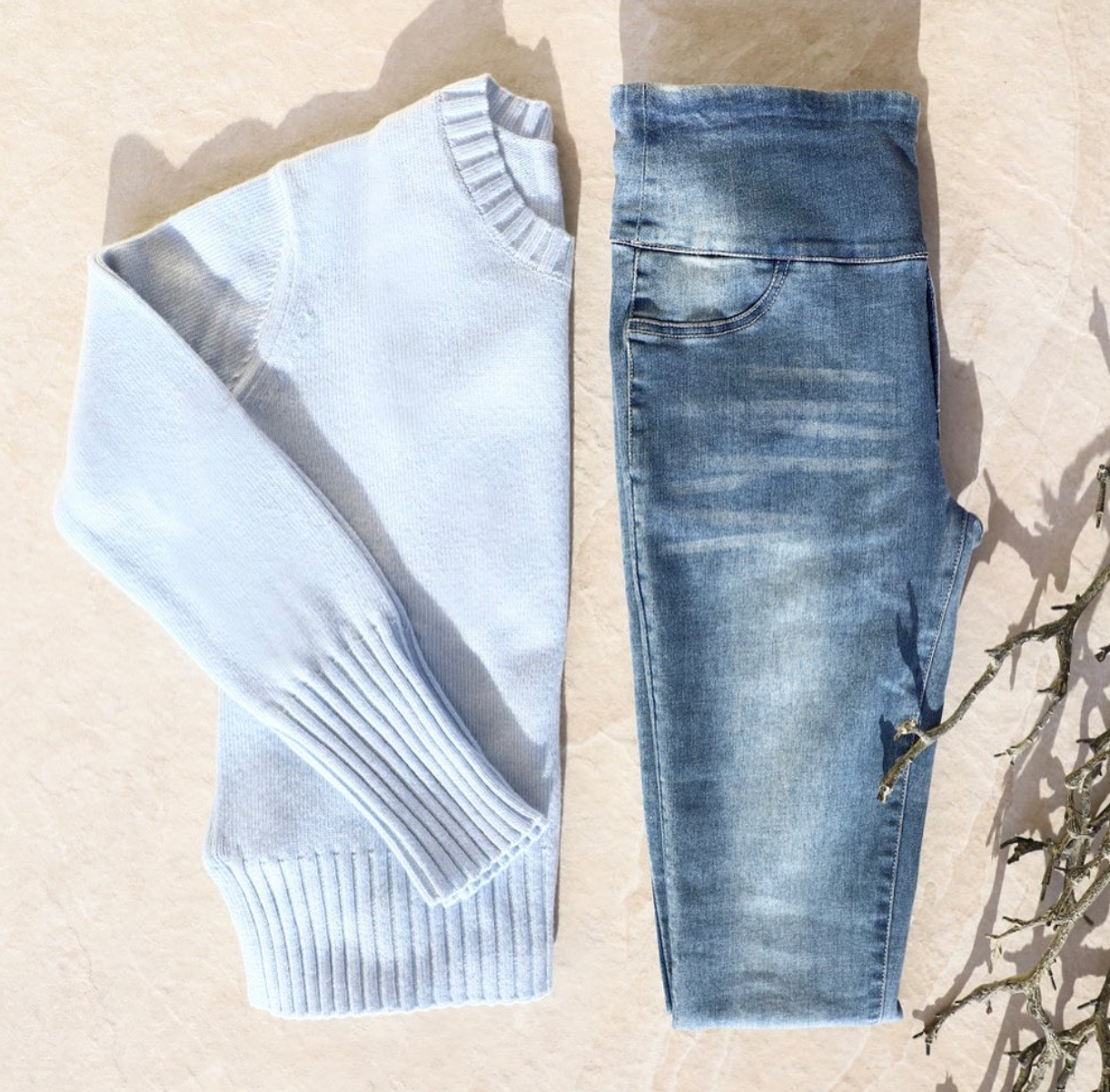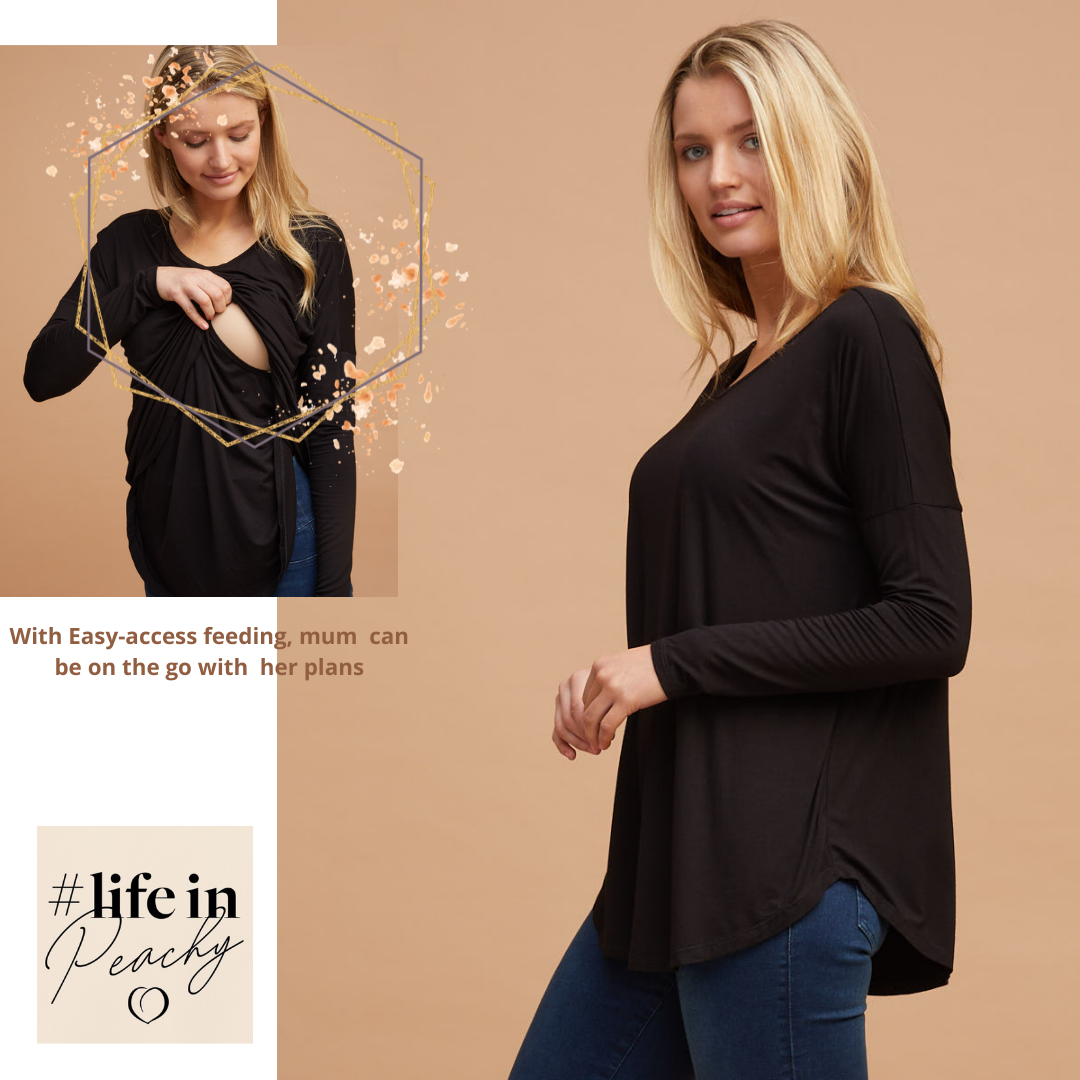
A pregnant woman’s body begins producing breastmilk before her baby makes his grand entrance into this world. Buthow does the body produce breastmilk and what can a mum do to stay comfortable as her breasts continue to change?
Your Breasts Before Baby Is Born
One of the first and most prominent signs of pregnancy for many expecting mothers is that their breasts increase in size, and their nipples and areolas become sensitive, darker, and tender. It is also common for small “bumps” known as Montgomery’s tubercles to appear around the areola (these bumps will secrete oil which helps keep the nipples lubricated while feeding).
These changes are the result of a change in your body’s hormones which are busy readying your breasts forbreastmilk production. In the second or third trimester, the development of the milk duct system is complete, causing some mums to experience milk leakage before baby arrives.
The Changes Inside Of Your Breast
Your breasts have been preparing to create milk since you were a 6 week old embryo inside of your own mum’s uterus. During puberty a flood of oestrogen will cause the milk ducts, which are nestled amongst the glandular tissue and fat cells in your breasts, to swell and increase in size.
When you become pregnant, as the placenta continues to develop it will stimulate the release of two hormones:
- Oestrogen
- Progesterone
These two hormones bring on theproduction of breastmilk and increase the number and the size of these milk ducts. The ducts will branch off into numerous smaller channels near the chest wall (known as ductules), and at the ductule there is a cluster of grape-like sacs known as the alveoli.
Clusters of alveoli are known as a lobule, and each group of lobules is referred to as a lobe. One breast will have anywhere from 15 to 20 lobes with there being one milk duct for each lobe.
The hormone prolactin also increases in quantity during pregnancy and prompts the alveoli to take in fat, sugars, and proteins from your blood supply to create breastmilk. A series of cells which surround the alveoli then squeeze the glands and push the milk out into the ductules which then leads to a larger duct.
After The Arrival Of Your Baby
Full-scale milk production starts anywhere from 48 to 96 hours after you deliver your baby (second time mums often find that their milk will come in sooner than it did the first time around). This is because once the placenta is expelled, your oestrogen and progesterone levels drop and levels of the hormone prolactin will rise.
Extra blood is pumped into the alveoli, causing your breasts become more firm and full. This in combination with the sudden production of milk can cause your breasts to become temporarily engorged and painful to the touch.
From Colostrum To Milk
The first milk your baby receives is called colostrum. Colostrum is the result of the cells in the centre of your alveoli dissolving and flowing through the milk ducts to the nipple.
Colostrum has a creamier consistency than the milk your baby will receive later on and it has a higher protein content. It is easily digestible and it contains immunoglobulins which help strengthen your baby’s immune system.
Colostrum typically lasts for 3 to 4 days at which point your breasts will start to feel more firm and your milk will start to resemble skim cow’s milk. Your baby sucking on your nipple stimulates the pituitary gland which then releases both prolactin and oxytocin. This has a dual effect on your breastmilk:
- a) The release of prolactin stimulates the production of breast milk
- b) The release of oxytocin will cause the cells surrounding your milk-filled alveoli to contract and squeeze the milk out (this can result in a sensation which is known as the “letdown” reflex)
The breastmilk is then emptied into your ducts. The combination of your baby sucking, compressing your areola and nipple, and the internal rush of milk delivers milk right to your baby.
How To Accommodate Your Breasts While Breastfeeding
There are a number of things a mum can do to keep her breasts happy and healthy while breastfeeding:
- Wear a properly fitted bra designed for nursing
- Have a bottle of water on hand so that you stay hydrated
- Use a cool compress to help ease any pain and swelling
- Allow your nipples to dry after feeds and wear nursing pads if your breasts leak
- Wear non-restrictive clothing to stay comfortable
Peachymama Summer
Summer is here andPeachymama has a number of brand new on-trend fashions for you to check out! From funkytanks andtees to dresses for any event, we have something in store for every breastfeeding mama.
Find your next perfect breastfeeding outfit today at,https://www.peachymama.com.au/collections/new-arrivals
Further Reading:
https://www.sutterhealth.org/health/newborns/breast-milk-production
https://www.newhealthguide.org/Breast-Milk-Production.html
DOWNLOAD PDF


